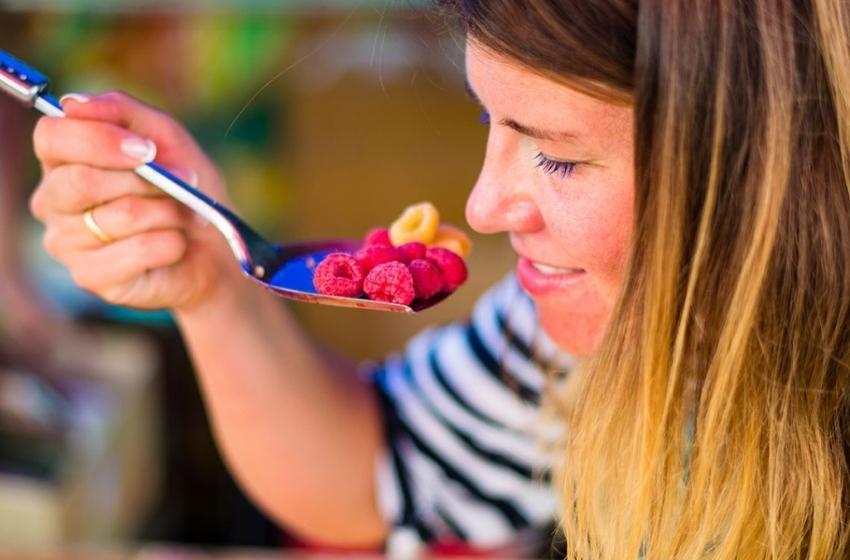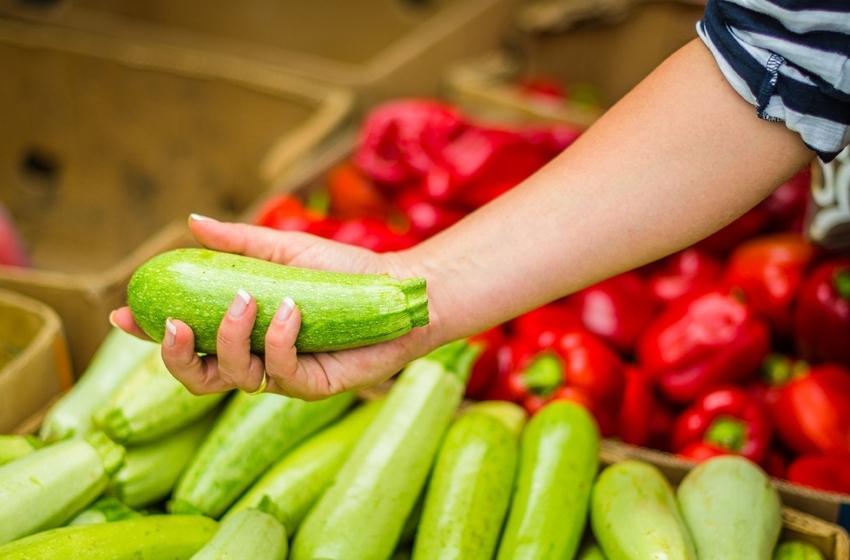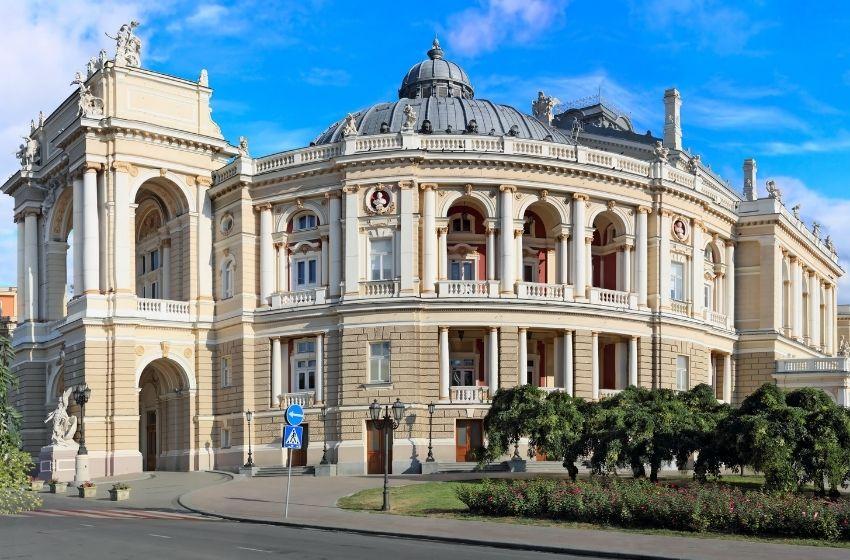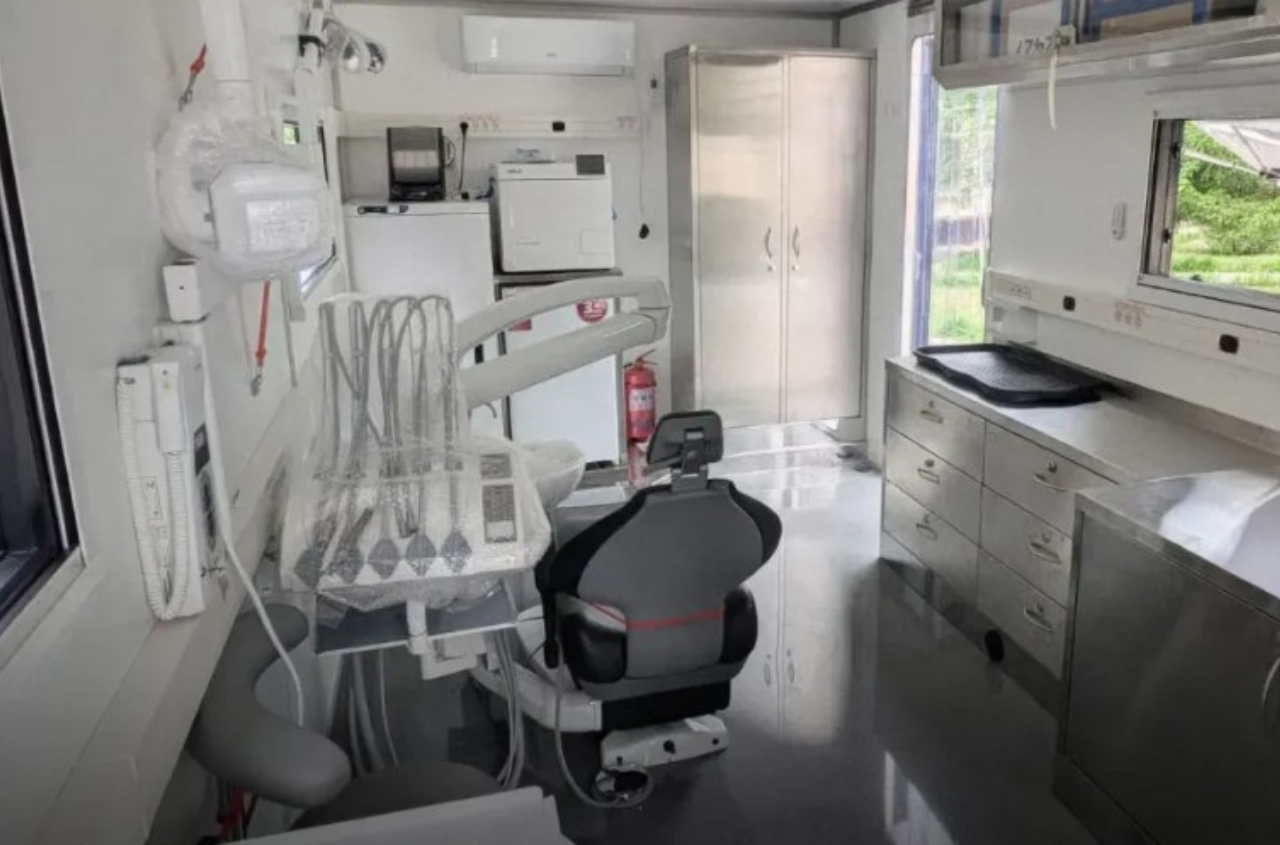Food diplomacy. Georgia in Odessa cuisine
Khinkali are the Georgia’s contribution to the world of dumplings. Khinkali are distinctive-looking thanks to their large size and a characteristic top knot, called "kudi" (hat). According to the original recipe, they are filled with minced meat of lamb or beef and pork mixed, with onions, chili pepper, salt and cumin. However, mushrooms, potatoes, or cheese are also used in place of meat, and they are either steamed or boiled.
There is a particular technique to eat them. First, using only one's bare hands. Fork and knife are considered incorrect or childish. Second, picking the dumpling up by the tail with one’s fingers, turning it upside down to bring it the mouth. Take a small bite from the side and quickly slurp up the warm broth within (it will spill out if you don’t act fast). Eat the rest of the dumpling, but never the top knot. It is supposed to be left on the plate, in order to count how many khinkali you have consumed.

Ukraine and Georgia established diplomatic ties with a treaty in 1918. Georgian traders have been coming to Odessa’s markets for much longer. Though, Odessa’s Georgian population was never very large, their influence is felt on cafe and restaurant menus throughout the city. Today, many Odessites like to eat khinkali outdoors with a glass of Georgian wine. At the local markets, you can also find rolls of Georgian sulguni cheese and fresh-from-the-oven khachapuri bread.
Here are our recommendation where you can try an excellent khinkali in the city:
Khizhina, Kinza, Givi To Me, Chacha, Khinkalnya, Gorets, Papa Givi





















